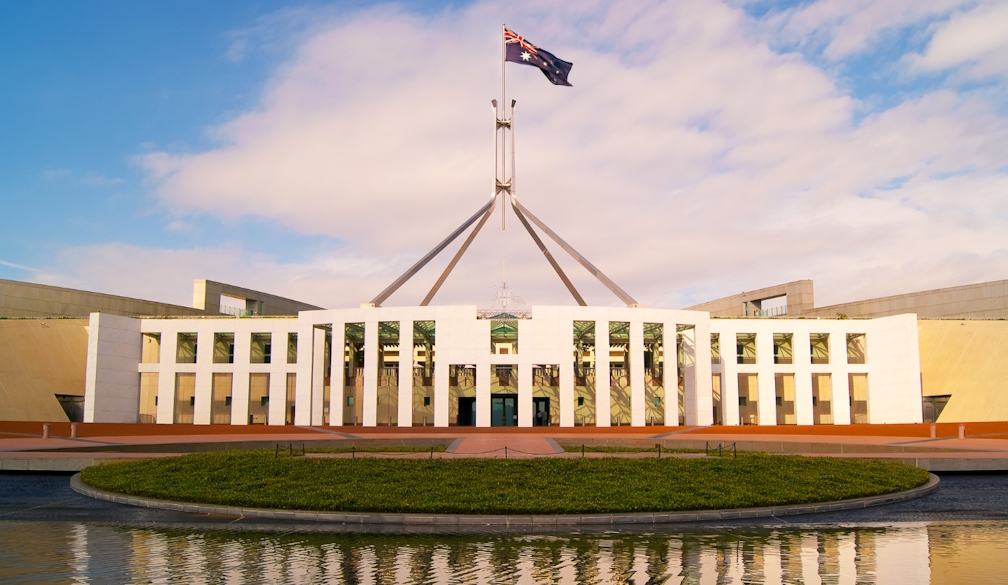Keep an eye on the Senate – the people elected to it this year will have immense power for years to come
- Written by Zareh Ghazarian, Senior Lecturer, School of Social Sciences, Monash University

Prime Minister Anthony Albanese has finally ended weeks of speculation and named the election date for the national parliament.
After months of unofficial campaigning, Australians will now be treated to a festival of democracy as promises are made, policies are announced, and the leaders travel the country to rally support.
Much of the campaigning by the parties will be focused on the House of Representatives. This is to be expected as the lower house is where government is formed by the party that wins the majority of seats in this chamber, and the leader of this party becomes prime minister.
While the election for the lower house dominates the campaign, the contest for the Senate is rarely mentioned.
This is a bit unfair as the Senate is an immensely powerful chamber.
The power of the Senate
Barring its inability to initiate or amend supply bills, the Senate has almost the same powers as the House of Representatives. Senators can introduce their own bills[2], as long as they’re not supply bills.
For any proposed bill to become law, it must be passed by the Senate as well as the House of Representatives.
All states have equal representation in the chamber. Currently, every state is represented by 12 senators, each with six-year terms[3].
This means half the Senate is up for election at every general election.
The territories are represented by two senators each and they face re-election at every general election. The current number of senators is 76.
Winning a majority in the Senate has no bearing on who forms government (it’s the result of the lower house – the House of Representatives – which determines this). It does, however, make it easier for the government to pass bills to become law if it enjoys a majority in this chamber.
Who wins seats in the Senate?
The voting system in the Senate is very different to the House of Representatives. To win a seat in the House of Representatives, a candidate must win 50% +1 of the votes cast in the district.
In the Senate, however, a candidate must win a proportion (approximately 14.3%) of the state-wide vote.
This makes it a bit easier for minor parties to win representation as they can rely on broad support from across the state to reach the required threshold.
Changes introduced in 2016[4] mean Australians have choice on how to complete their Senate ballot paper. They can either number six or more candidates of their choice above the black line, or vote below the line by numbering 12 or more candidates.
While parties will organise their own preference deals to benefit them, voters are ultimately in control of where their preferences go.
Thanks to the voting system used in the Senate, it is rare for a government to hold a majority of seats in the upper house. The last time this occurred was in 2004 when the John Howard-led Coalition enjoyed a majority[5] in the chamber.
The current Senate
Following the 2022 election, both major parties lost ground in the Senate. To have a majority in the chamber, a party must have 39 seats. Currently[6], Labor has 25 representatives, while the Coalition has 30.
The remaining seats are held by the Greens with the third highest number of representatives (11), One Nation (2), Jacqui Lambie Network (1), United Australia Party (1), and six Independents.
Several high-profile senators are up for election in 2025. In Queensland, for example, Malcolm Roberts from Pauline Hanson’s One Nation will be up for re-election, Jacqui Lambie will be recontesting in Tasmania, while Independent Senator David Pocock from the ACT will be seeking another term.
There will also be some other prominent senators hoping to be re-elected from established parties.
These include Senator Jacinta Nampijinpa Price (Country Liberal Party) and Senator Malarndirri McCarthy (ALP) from the Northern Territory, Liberal James Paterson from Victoria, Sarah Hanson-Young from the Greens in South Australia, and Jordan Steele-John from the Greens in Western Australia.
The 2025 contest
Fewer people have been voting for the major parties in recent years. In 2022, the vote for non-major party candidates reached a high of 35.7%[7] (which, as Antony Green[8] reminds us, was higher than the primary vote for both the Coalition and Labor).
Since the 1980s, Australians appear to have become open to supporting non-major party candidates contesting the Senate. If this continues as expected in 2025, whoever becomes prime minister will have to deal with the diverse interests and policy demands from those in the upper house.
While the campaign for the Senate may go under the radar over the next few weeks, who is elected to the Senate will have a massive impact on Australian politics for years to come.
References
- ^ AAP Image/Lukas Coch (photos.aap.com.au)
- ^ their own bills (www.aph.gov.au)
- ^ six-year terms (www.aph.gov.au)
- ^ Changes introduced in 2016 (www.aph.gov.au)
- ^ John Howard-led Coalition enjoyed a majority (www.theage.com.au)
- ^ Currently (www.aph.gov.au)
- ^ high of 35.7% (antonygreen.com.au)
- ^ Antony Green (antonygreen.com.au)




















